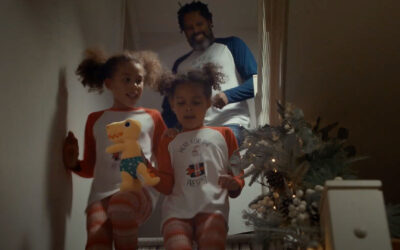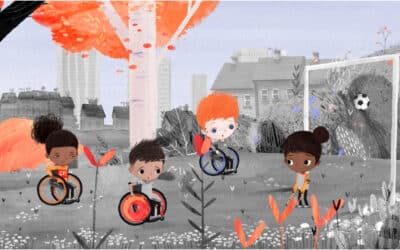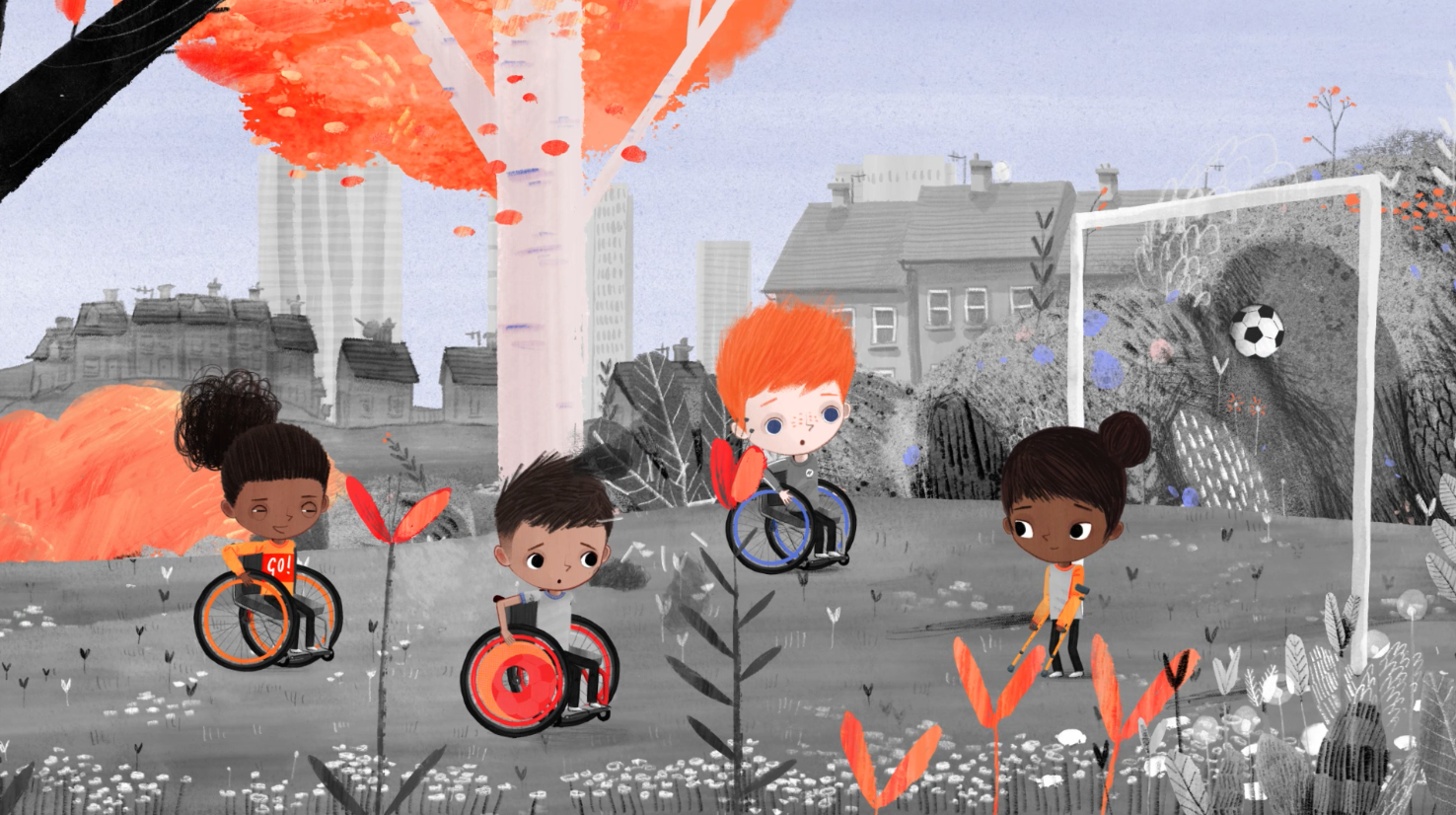Karl Doran, Founder of Flow Creative – which recently created the new animated Children in Need TV campaign, the charity’s first – explores why animation is so important, and has only become more relevant and useful following the COVID crisis.
It’s been a challenging year for everyone, and we’ve all had to adapt to restrictions and find new ways of working. The world of advertising has been no exception and brands have had to adapt their messages and the way they deliver them.
It’s shown us that even during a pandemic, the world doesn’t stop turning and brands still need to communicate with their customers. We’ve seen some creative solutions, and some less so – I’m thankful we’re now seeing less of the “video-call style” adverts that every brand turned to for a few months.
One of the best tools that brands have turned to in order to get their message across, is animation. At Flow, we’ve seen a huge increase in enquiries for animated content over the last nine months, unsurprisingly, I suppose, as shooting commercial film content has been particularly difficult. Our animation team has been busier than ever crafting engaging video content for TV and online to help tell our clients’ stories.
So what is the benefit of using animation, and how can brands make the most of the format?
Fully digital and online production process
Most animation is a fully digital production process – from sketching initial ideas, writing scripts and storyboarding, to animating sequences, adding sound design, and colour grading all the way to rendering the final film. It’s all done digitally, and is therefore unaffected by any social distancing restrictions.
This also means it works well to be fully remote on projects. We’ve created tonnes of content this year with a creative team that has been spread all over Europe and the US. From fully animated TV commercials to social campaigns, we’ve delivered some huge projects whilst working at home, for clients based locally and internationally.
Creating an emotional connection with your audience
We all grow up watching cartoons and animated content on the TV – we have an automatic nostalgic connection with animation, so when we watch it as adults it can quickly take us back to that feeling of childlike wonder and excitement.
Brands can tap into this by creating content that can evoke an emotional response in the viewer to make them feel anything – sad, joyous, nostalgic, or excited. Creating this emotional connection goes a long way towards gaining that loyalty that all brands crave. We always tell our clients, “you’re not communicating with a sector, a demographic, or a target audience – you’re always trying to connect with people, with human beings that will respond emotionally to your messages”.
Adding character and personality to your brand
The way we interact with brands has changed; we expect them to speak our language and be human and be accessible. One of the most effective ways to do this is creating content with a sense of humour, that shows the human side of the brand. This resonates with your audience and helps to build that precious brand awareness and brand loyalty.
You only have to look at the warmth of feeling towards the John Lewis Christmas ads, or Aldi’s Kevin the Carrot, to see two great examples of brands doing this really well, and the benefits are almost immeasurable. Creating brand characters is a great way to add another dimension to help elevate your brand from the rest and make it stand out.












